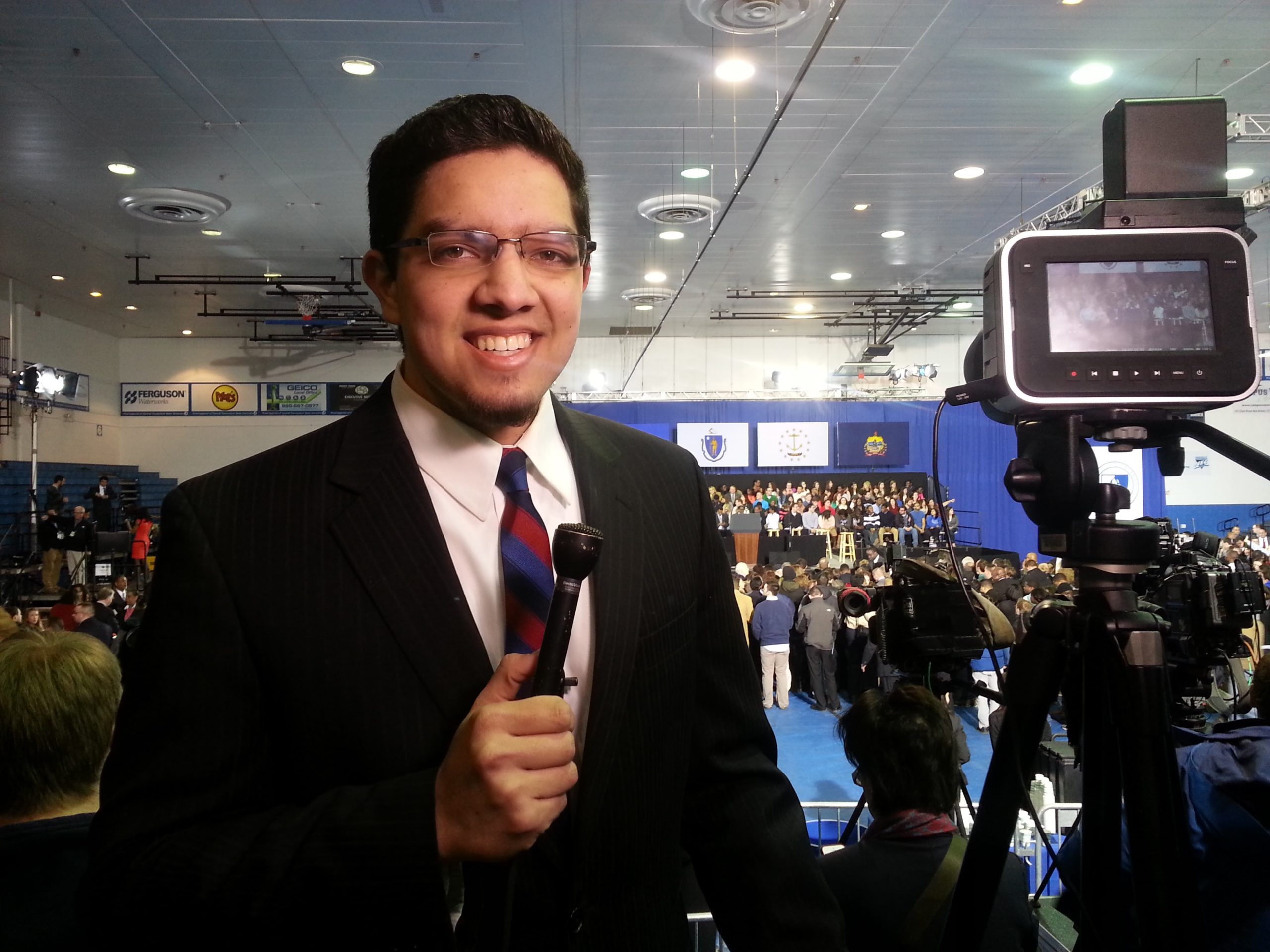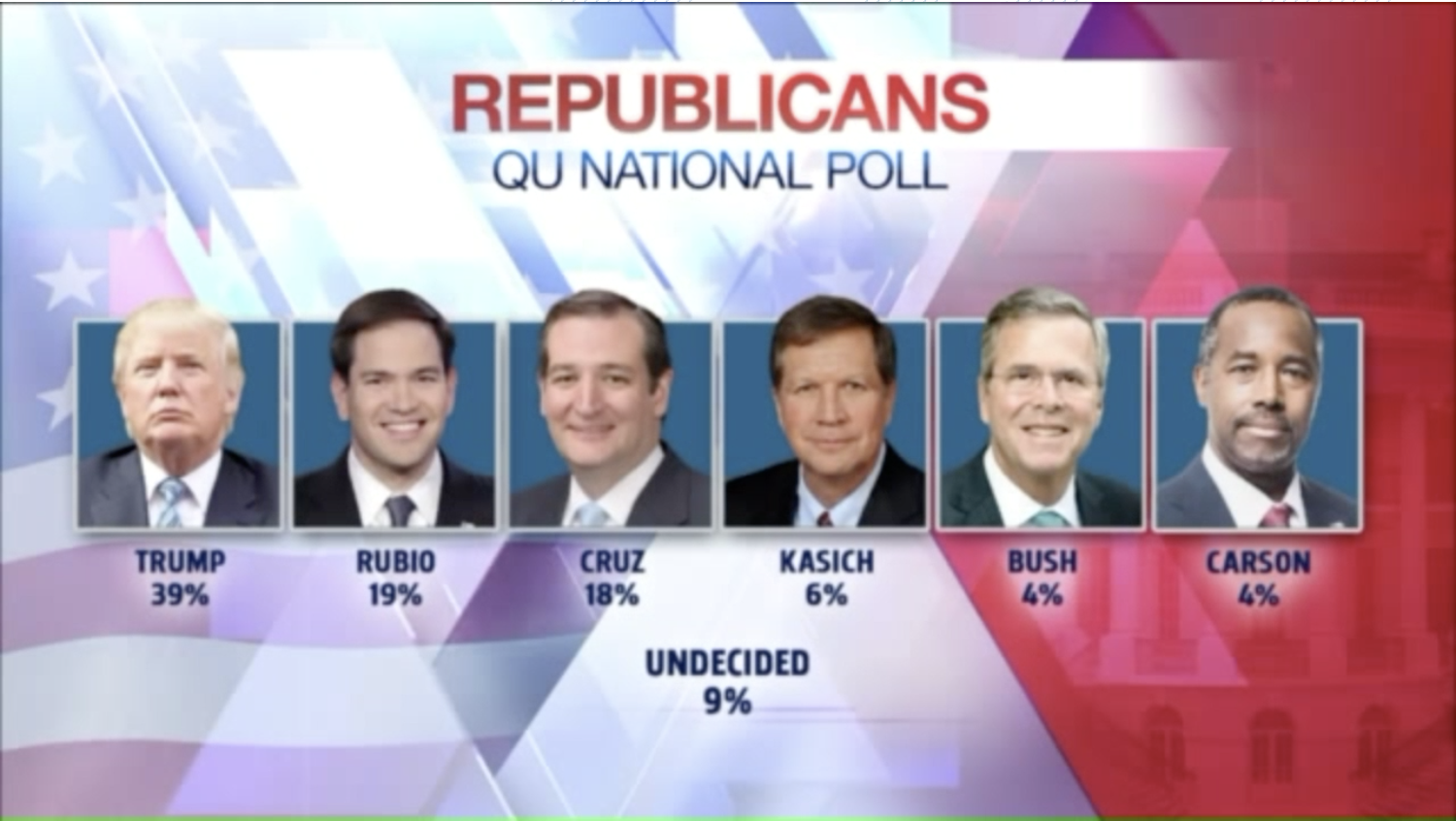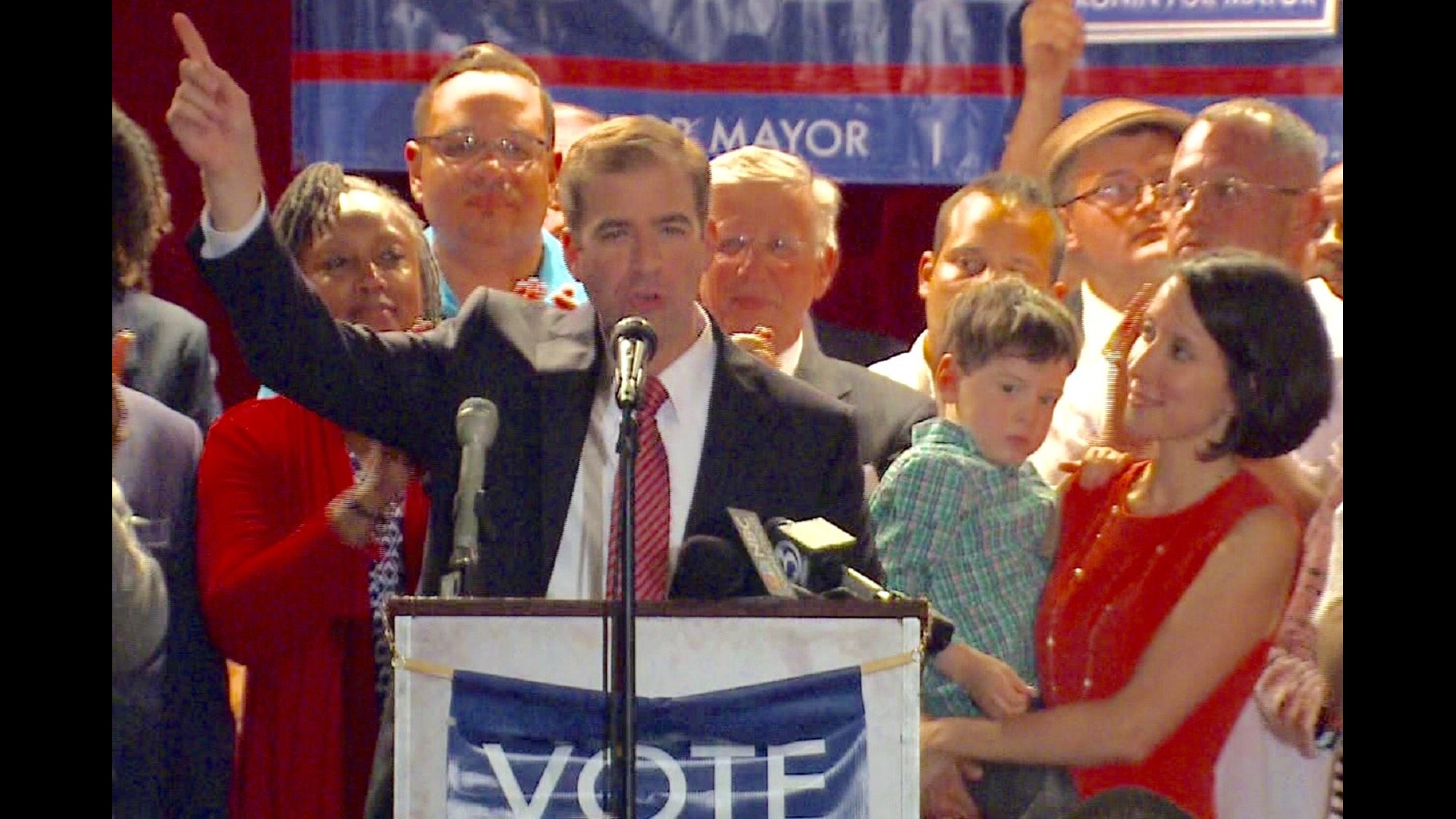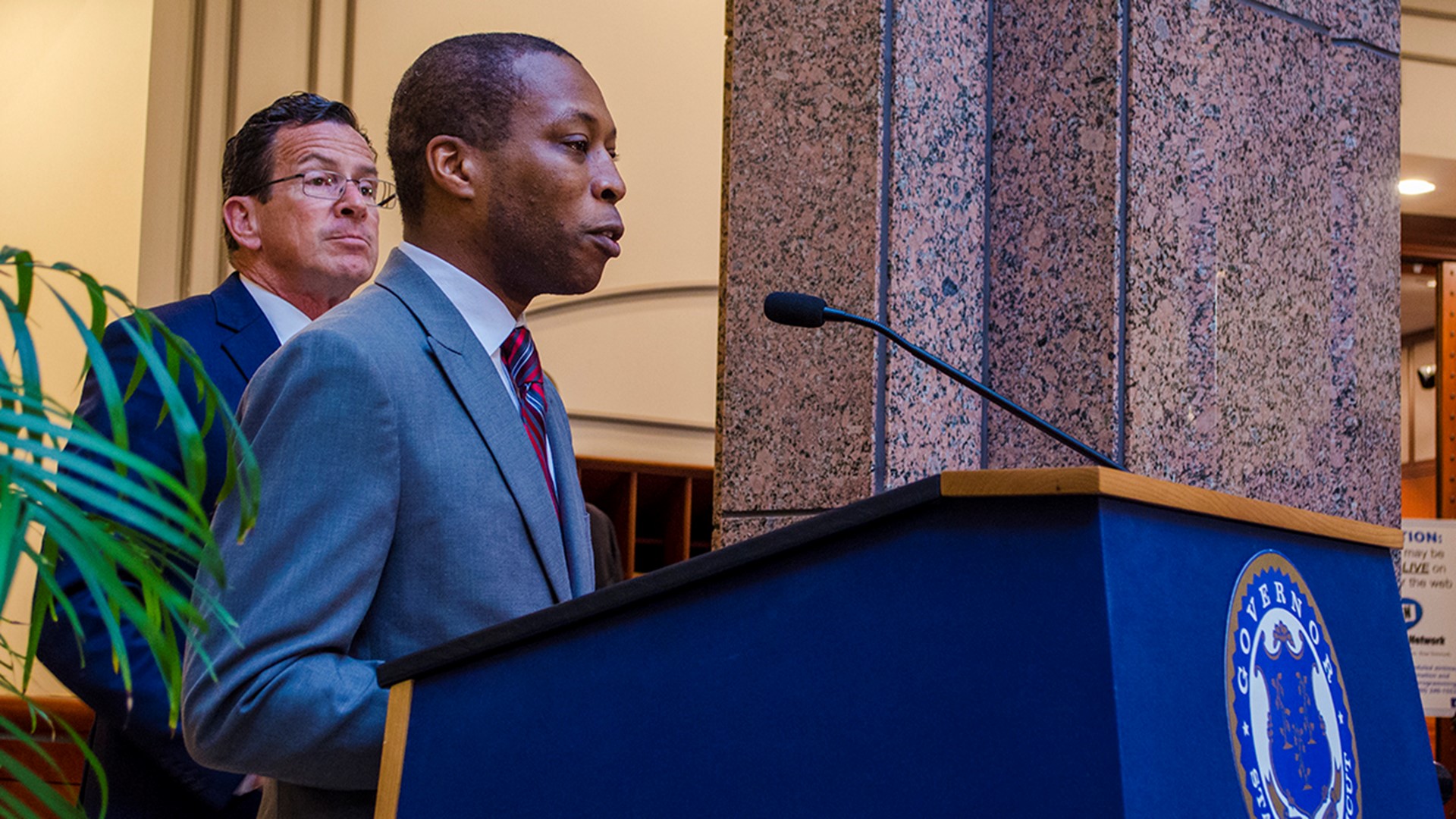I interviewed four film directors about what it’s like filming a movie in New York then having it debut at the Tribeca Film Festival in NYC. Check it out on NBCNewYork.com or read below.
For Tribeca Filmmakers, Shooting in New York Is Challenging, Rewarding
Directors describe the obstacles and value of filming in the Big Apple
By Marcus Harun | Monday, Apr 14, 2014 | Updated 2:13 PM EDT
The scene opens with the main characters walking down the sidewalk on the edge of Central Park. The two actors are reading their memorized lines perfectly and the camera crew is stationed about three blocks away, but is capturing all the action with a long lens.
“I am beside myself with joy we are going to get it in one take!” director Victor Levin said. This scene from the film 5 to 7 was written as one long, continuous shot, so if something goes wrong, the crew would have to start over from the beginning.
All was going well until Levin, who is among a handful of New York-based filmmakers showcasing their work at the Tribeca Film Festival, saw an elderly bike rider enter the corner of the shot. The actors remained calm and tried to finish their dialogue, but the bicyclist barreled right toward them. Frightened for their safety, the actors jumped out of the way and the shot was ruined.
Levin was frustrated, but he knew there would be a lot of challenges shooting in a city as busy as New York. But there is something that draws many filmmakers to the Big Apple whether it be the history, the buildings, or the beauty.
“New York is the most physically beautiful American city, in my opinion,” Levin said. “The most photogenic.”
Many directors, like Levin, who set their movies in the city, feel pride when their films premiere at Tribeca’s annual celebration of film, starting Thursday.
“My dream when making and editing and producing the film was to premiere at Tribeca,” said Arian Moayed, director of “Day Ten.” “It’s a dream come true.”
“Day Ten” is a short film about the days following the Sept. 11 attacks, as New York fell “strangely silent,” when ambulances muted their sirens and people turned to prayer. Moayed incorporated iconic views of the city from obscure angles into the film, which he calls his “love letter to New York.”
It would have required over $400,000 to film in Manhattan, and that was unrealistic for the 10-minute short, Moayed said.
“The city does not shut down so that you can make your movie,” Levin said. “There is a lot of traffic and there are a lot of pedestrians. At our budget level, we couldn’t exactly shut down streets and keep every passer by out of the shot. That is the anxiety and the glory of it.”
While Levin battled the crowds in Manhattan, Moayed embarked on a”hunt of epic proportions,” to find a quiet filming location, and ended up in a peaceful, less-congested section of Brooklyn.
For Lloyd Handwerker, whose film “Famous Nathan” chronicles his family’s experience starting Nathan’s Famous hot dogs, filming in Brooklyn was a no-brainer, since his grandfather opened the first restaurant in Coney Island in 1916.
“This is my hometown. I was happy to be here,” Handwerker said. “It was exciting to film people who were living just a few blocks from the store.”
His grandfather, the original “Nathan,” passed away when Handwerker was just a teenager, so the director’s curiosity about his family’s history turned into a 30-year-long project creating this documentary. He used his older family members as sources, then discovered some of the original Nathan’s employees still lived in the area. Their interviews opened his eyes to what led the hot dog chain to become “the most popular restaurant in America” in the 1940s, he said.
“I couldn’t think of a better place to show the film than in New York at Tribeca. It’s a great honor,” he said.
Another New York-centric film debuting at Tribeca next week is “Ballet 422,” a documentary about the creation of a new performance of the New York Ballet.
“It’s a very old, very established New York institution,” director Jody Lee Lipes said. “It is set in its ways and has rules and is used to doing things a certain way. Finding a way to be able to shoot and not get in the way was challenging.”
It follows a young choreographer from the first day of rehearsal through the premiere at Lincoln Center. This is the first film to gain such unprecedented access in the Ballet’s 66 years, Lipes said, and he was thrilled to document the experience.
As opening night of Tribeca approaches, all the directors are eager to share their artistic creations with the world.
“It’s a little like bringing your child to college,” Levin said. “You move them into the dorm and at some time you have to drive away and say, ‘good luck make a lot of friends.’ It’s like that; very emotional.”





